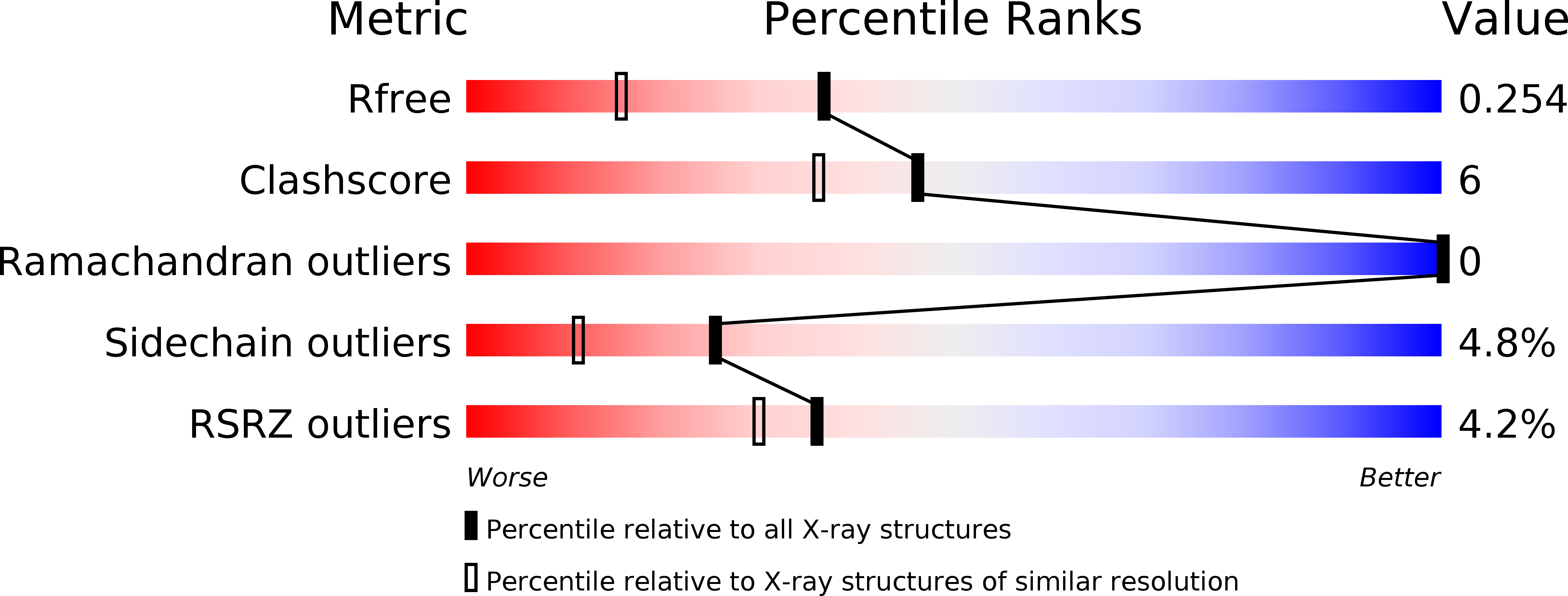
Deposition Date
2011-06-01
Release Date
2012-06-13
Last Version Date
2024-11-20
Entry Detail
PDB ID:
3S9F
Keywords:
Title:
The structure of Tryparedoxin I from Leishmania major
Biological Source:
Source Organism:
Leishmania major (Taxon ID: 5664)
Host Organism:
Method Details:
Experimental Method:
Resolution:
1.80 Å
R-Value Free:
0.24
R-Value Work:
0.20
R-Value Observed:
0.20
Space Group:
C 2 2 21


